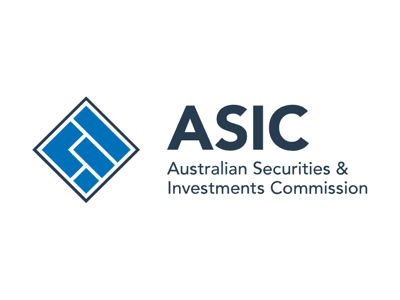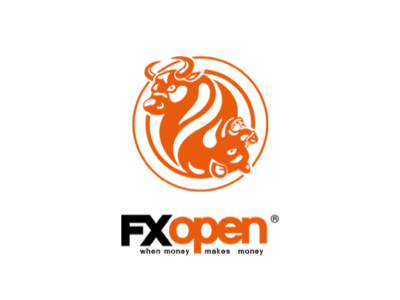Generally speaking, ASIC-regulated broker profile will be found at https://service.asic.gov.au/search/. Try to find it and check if it will match the info from the broker website.
The detailed steps are as follow:
1. Find the AFSL no. (preferred) or name of the forex broker, which you can get from the broker's website;
2. Enter the AFSL number or name into the search bar at https://service.asic.gov.au/search/, then click the Search button. You will see a list of companies appearing below the search bar.

3. Use the filters to help narrow down the information, making it easier to locate your target company precisely.

4. Firstly, you can click on the "!" button next to the company name to get basic information about the company. Secondly, you can click on the company name to go to a specific page with detailed information. Here, click on "Licence/Registration Conditions" and check if the broker is authorized to provide "foreign exchange contracts" or "derivatives" to retail clients. If not, the broker is unauthorized to provide forex trading services, so be cautious. If yes, proceed to the next step.


5. Get the "Membership Number" from the "External Dispute Resolution" section on the same page and go to https://my.afca.org.au/ff-search/. Enter the broker's AFCA Member number or name in the search bar to see the broker's profile. After completing the above steps, check if the firm's details on the ASIC and AFCA websites match those of the broker you plan to trade with, especially the website and email. If they don't match, avoid the broker as it is probably unauthorized and your money could be at risk.
















